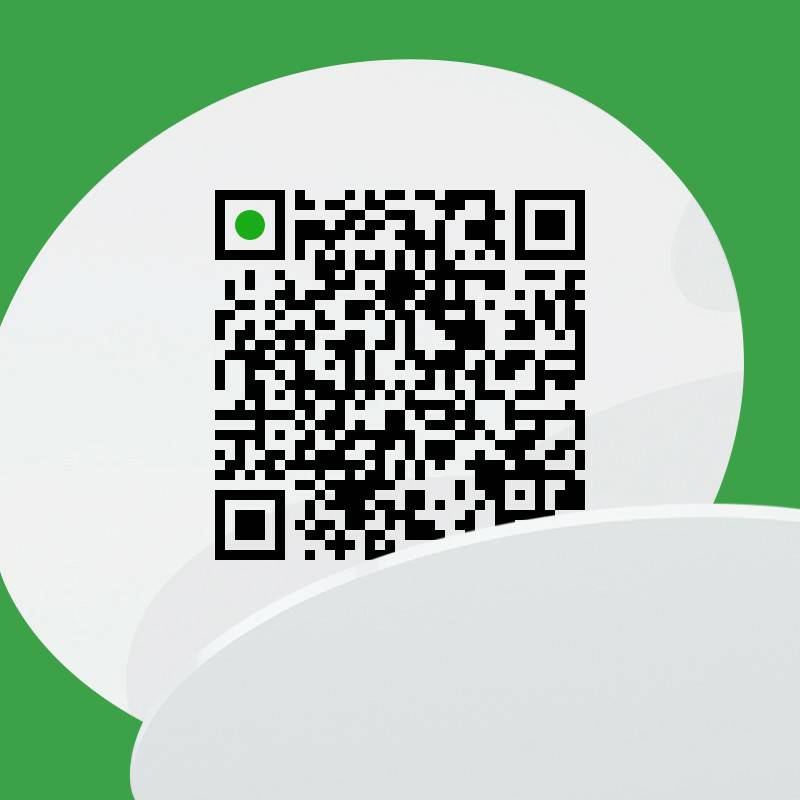What Are Passive RFID Tags and How Are They Used?
Radio frequency identification (RFID) tags are a substantial part of everyday life and the use of the technology continues to grow.
Consider the label on a bottle of alcohol at the store meant to discourage stealing or the small device/sticker on a car windshield that allows fine-free toll road use: those are all RFID tags.
While most RFID tags are used for merchandise or to track packages, they can also be used to help track pets or patients in hospital settings.
What Are RFID Tags and How Are They Used?
RFID passive tags are a type of tracking system that uses radio frequency to search, identify, track, and communicate with items and people. Essentially, RFID tags are smart labels that can store a range of information from serial numbers, to a short description, and even pages of data. Some RFID tags include cryptographic security features for a high level of verification and authentication. RFID tags are usually identified by their radio frequencies: low frequency (LF), high frequency (HF), and ultra-high frequency (UHF).- LF systems have a range between 30 and 300 KHz and a read range up to 10 cm. These systems are more frequently used in applications like access control and livestock monitoring.
- HF systems have a range between 3 and 30 MHz and a read range from 10 cm to 1 m (3 ft). These systems are commonly used for electronic tickets, payments, or user experience applications.
- UHF systems have a range between 300 MHz and 3 GHz and a read range up to 12 m (39 ft). These are the systems most commonly used in retail inventory tracking, parking garages, door access, and asset management.
Passive vs. Active RFID Tags
There are two types of RFID tags — passive and active. Passive RFID tags are the most common; they do not require a direct line of sight to a reader but do have a much shorter read range, and are smaller in size and lightweight.
Passive RFID tags are ideal for:
- Supply chain and inventory management
- Asset and personnel tracking
- Logistics
- Industrial and manufacturing
- Brand protection and anti-counterfeiting
- Real-time location systems (RTLS) using 3D orientation insensitive design
- Gate and perimeter access control
- Pharmaceutical and healthcare
- Entertainment and travel
- Apparel and retail
Active RFID tags are less common and require their own transmitter and power source. These tags tend to be bulkier, rugged, durable, and more expensive. An example of an active RFID tag is a beacon used for RTLS, constant medical monitoring, or theme park attendance.


